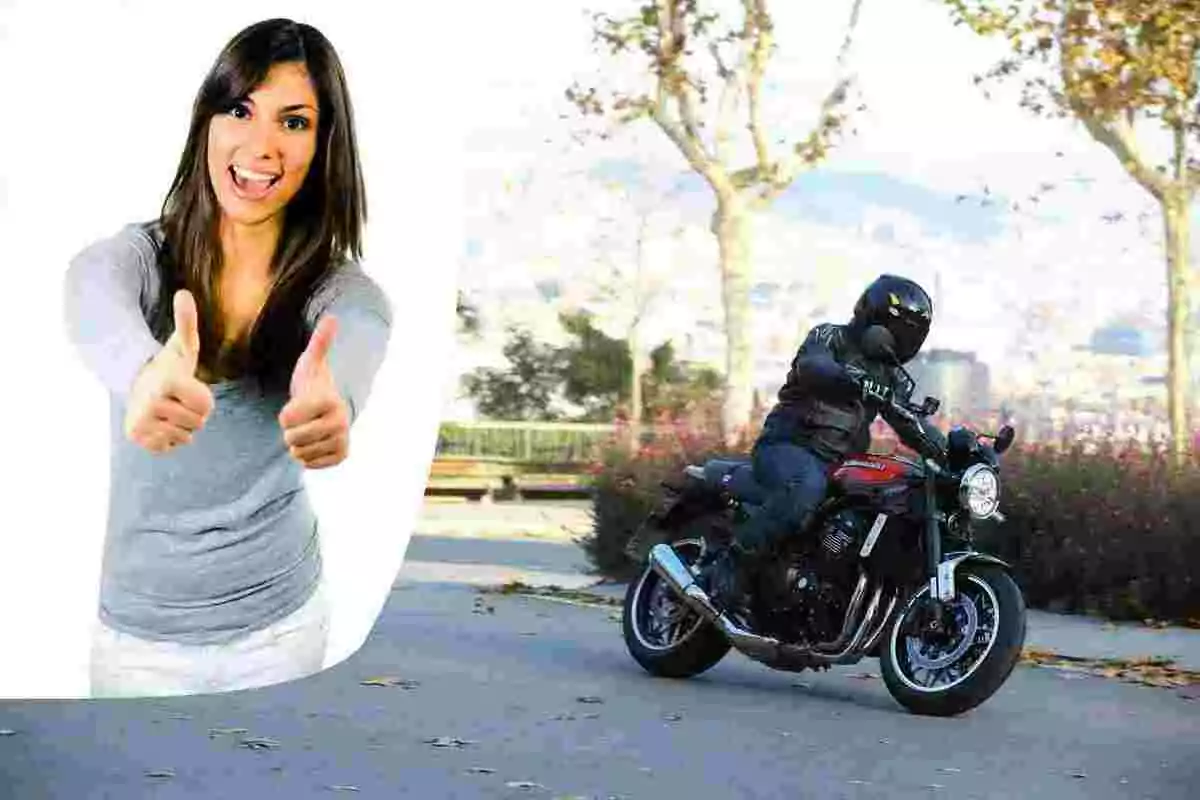
The 3 keys to facing a roundabout without fear of making mistakes or getting confused
Do you know how to approach a roundabout on your motorcycle? Do you do it without thinking? Maybe you should, for your own good and everyone else's
The act of driving through a roundabout has become, nowadays, another aspect of driving, especially when it comes to urban roads.
Many of the intersections from the past have become just that, roundabouts, with a primary purpose: to make it easier to merge onto a road.
But not only that, but also to change direction, continue on a main road while bypassing secondary ones that "interrupt" it, etc.
Prices, offers, technical specifications, and images of ALL MOTORCYCLE AND SCOOTER MODELS on the market
Given the proliferation of these types of urban elements, which apparently were created to make traffic flow easier, in practice that's not always the case.
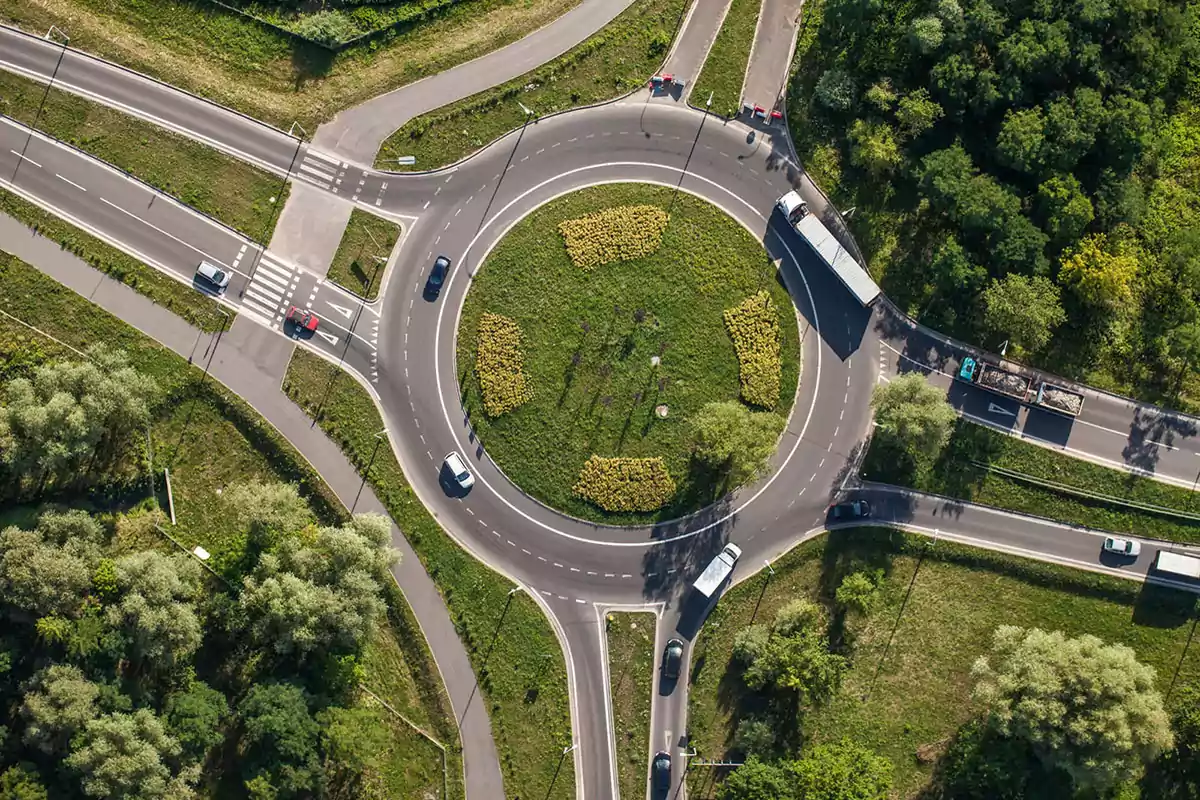
In fact, on numerous occasions, road users don't take into account the essential factors that govern traffic at these points.
It's nothing that can't be explained with at least a minimum dose of common sense and, of course, the proper education. Let's take a look.
1. Is the way you enter irrelevant?
Of course not. Unfortunately, we find motorcyclists (and many others) who, taking advantage of a gap, dart "headlong" into the inner lane, if there is one.
This wouldn't be so dangerous if we found the roundabout free of traffic, but that's usually done when a gap is spotted ... "I won't let off the throttle," one might think.
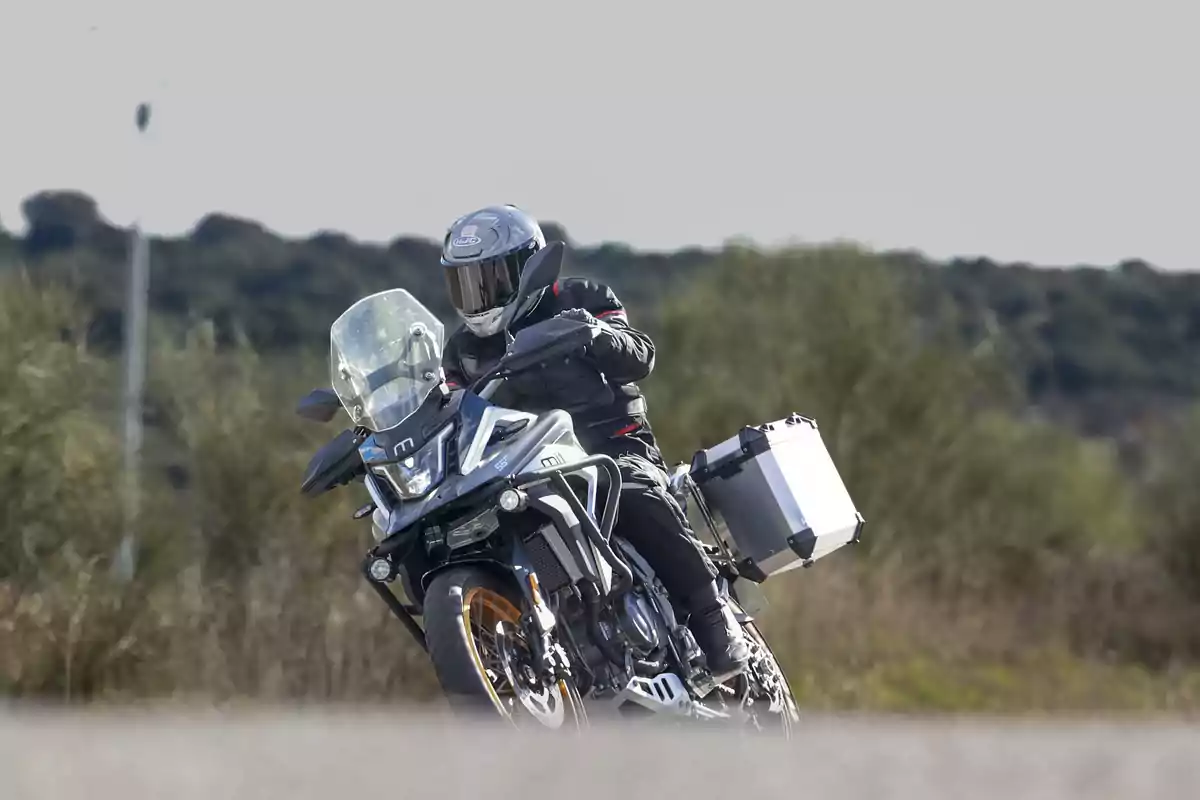
It's important to move forward, yes, but without causing anxiety among other drivers; suddenly having a motorcycle appear can cause just that.
It's not that complicated: on a motorcycle, we always take less time to get into position, even if traffic in the roundabout is heavy and we have to do it from a standstill.
So, the right thing to do is to approach the roundabout while slowing down, check if our entry can be "clean," and... go for it.
2. Which lane should I use?
This is another issue that causes controversy, although in reality, with a bit of common sense, the solution is more than obvious.
In fact, it's stated that entry into a roundabout will almost always be via the right lane.

Almost always? Well, if you're coming down a two-lane-per-direction road, what should you do?
The rule states that we have to enter via the right lane if the roundabout is on a highway.
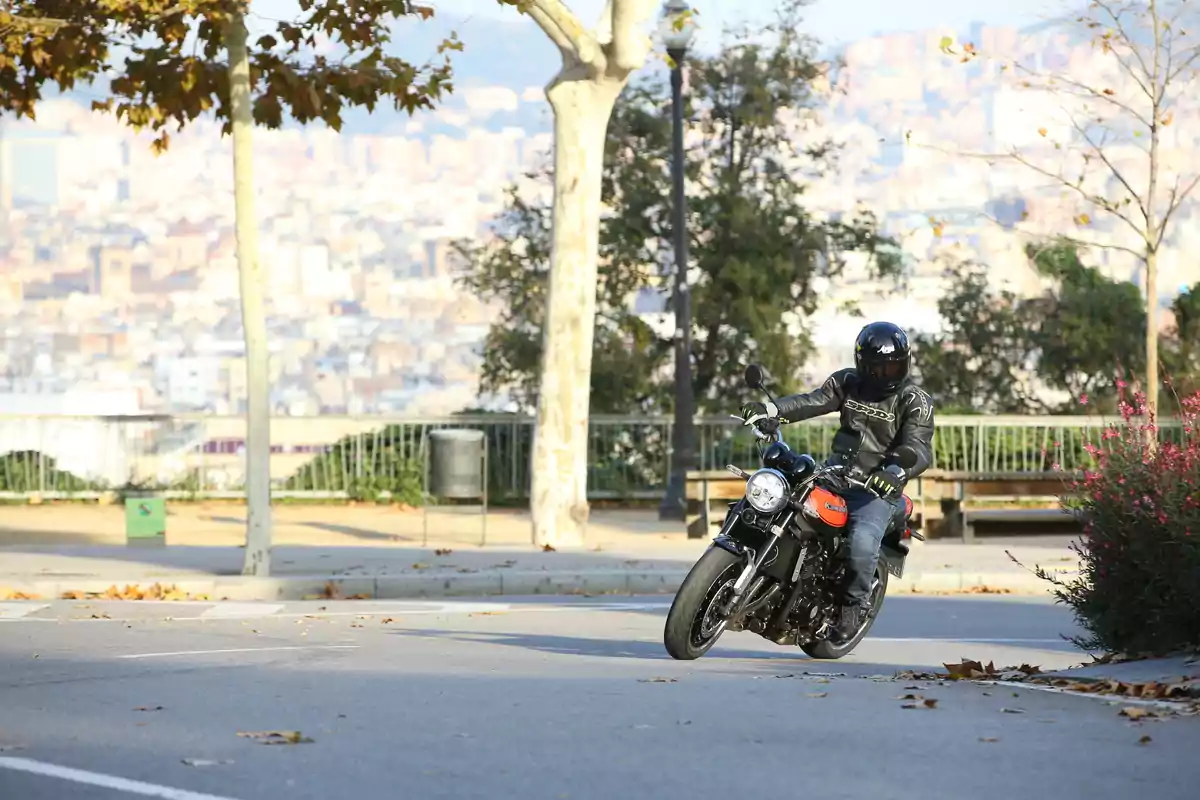
But on urban roads, it will be irrelevant, although we should avoid the right lane if it's occupied and enter via the left, thus occupying the inner part of the roundabout.
Once inside, we're faced with another situation that could be categorized as "the heart of the matter," Should I drive on the inside or outside?
As we said, it depends on the type of roundabout, urban or interurban, and therefore on how you entered it... But there's more.
Because you have to get through it and the best way is to do so via the inner lane, to allow other drivers to merge who converge there. That's what they're for.
3. How should I exit the roundabout?
The answer to this question is simple... When you need to and as long as you have a clear path at your exit! Something so simple gets complicated. Why?
Let's say that "no one can out-stubborn us," and since that's our exit, exactly that one, sometimes we try to squeeze the motorcycle in front of the rest and arguments arise.
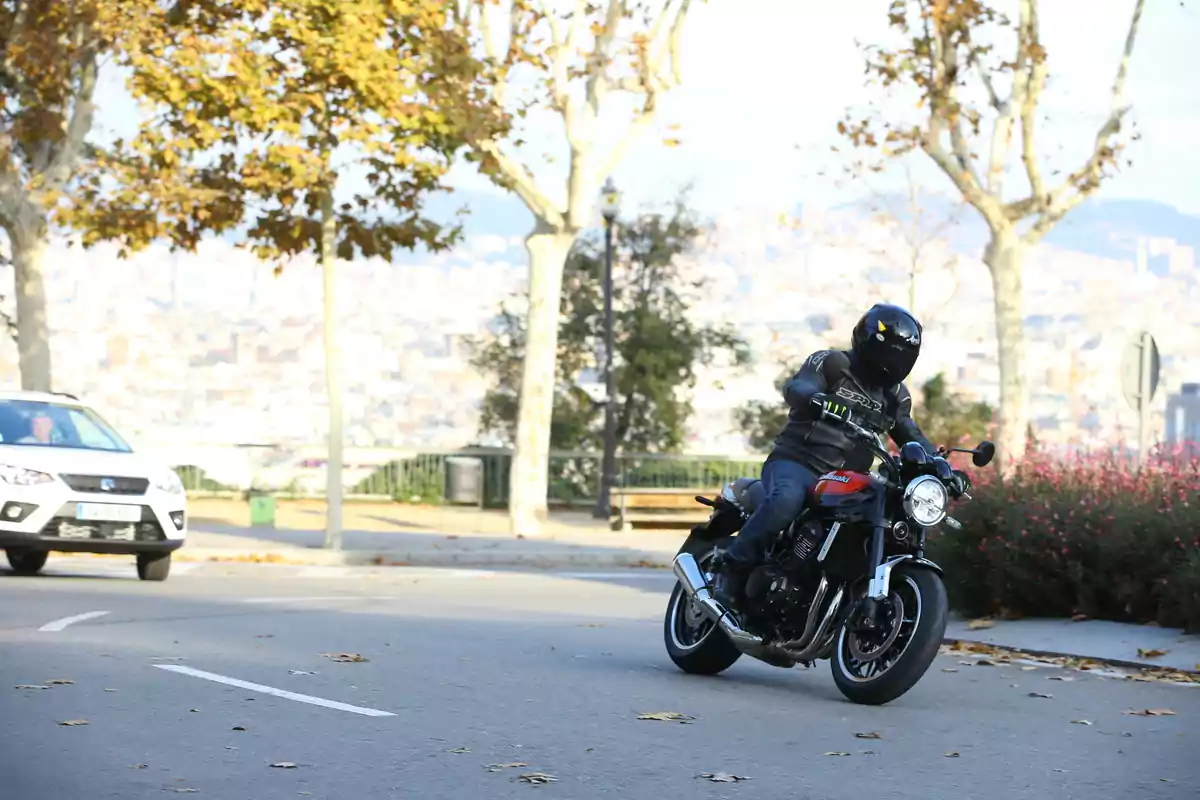
Among other reasons, because sometimes we insist on doing it right at the exit and, attention, from the inner lane... to the outside.
Not like that. The rule and logic state that you can circle the roundabout on the inside while allowing other drivers to merge. Of course, there's a limit.
What is it? Exactly when you approach the exit you're looking for. Once you've passed the second-to-last one, move to the outer lane gradually to take yours.
How should you do it? Always signaling the maneuver. It's the best way for other drivers to know that you're "leaving." They'll know they can enter.
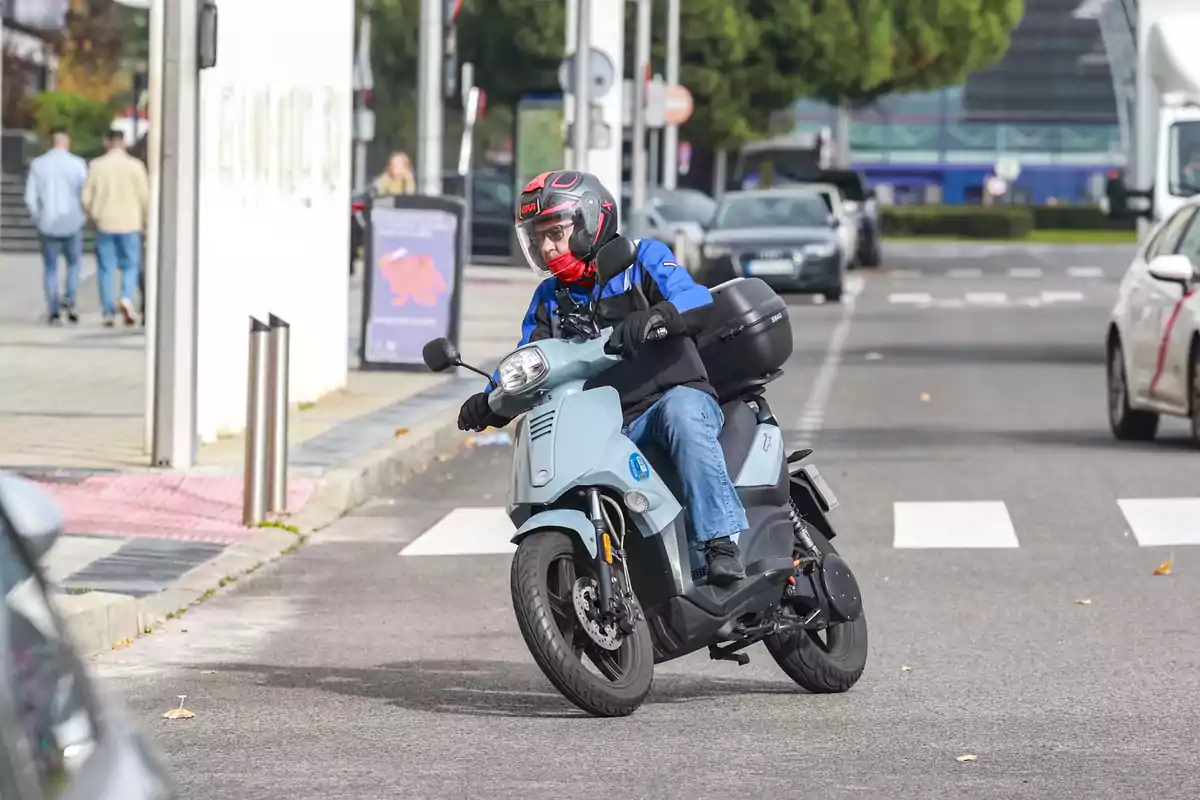
That's how traffic is streamlined, surprises are avoided, and, best of all, we eliminate the possibility of causing or suffering an accident. It's in our hands, and in everyone's.
More posts: